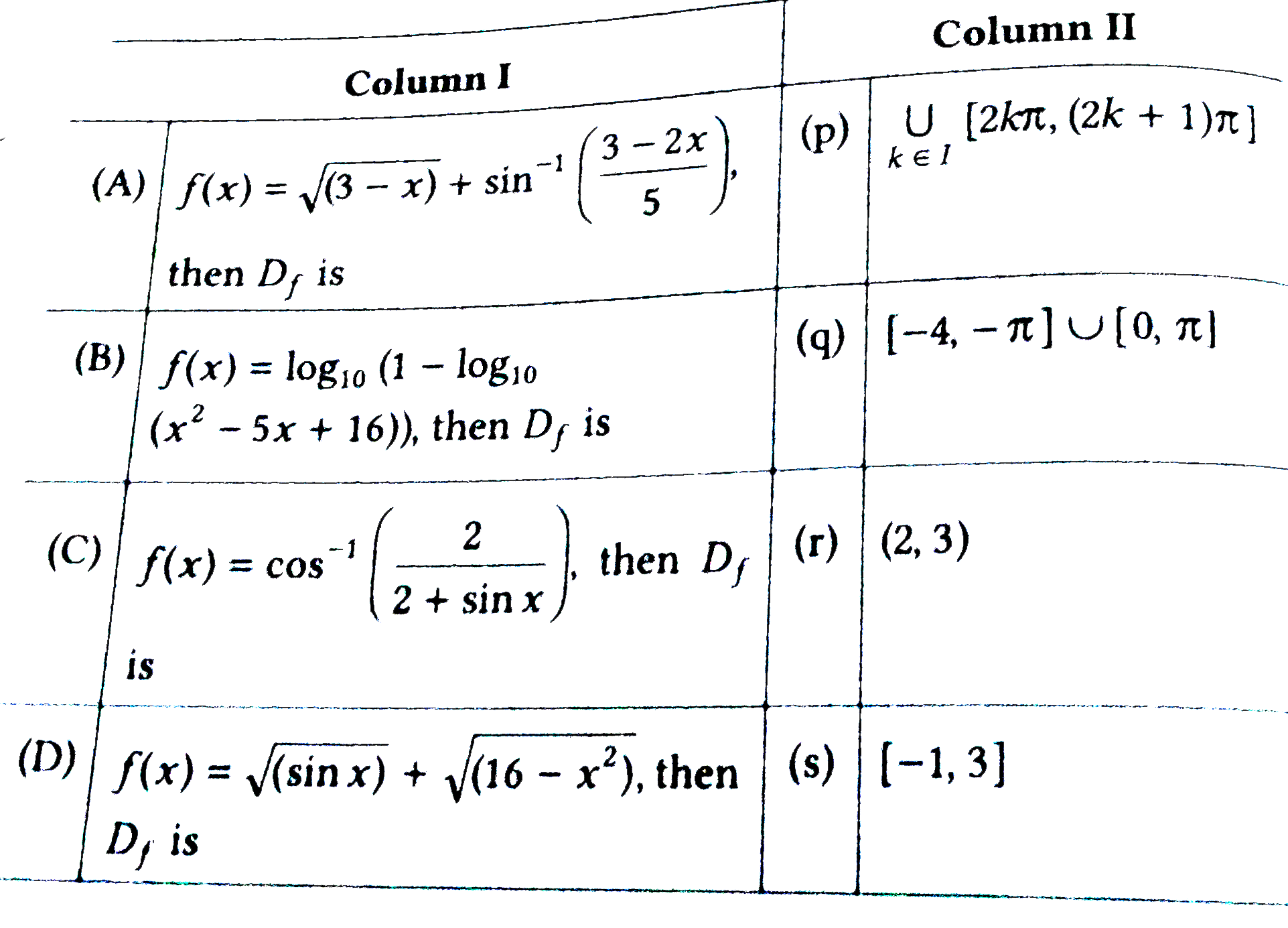Function key_______ in a Windows keyboard can perform several functions, and does not have an assigned Windows default.
A. F1
B. F6
C. F8
D. F9
D
A
B
C
The correct Answer is:D
Step by step video, text & image solution for Function key_______ in a Windows keyboard can perform several functions, and does not have an assigned Windows default. A. F1 B. F6 C. F8 D. F9 by Reasoning experts to help you in doubts & scoring excellent marks in Class 14 exams.
Similar Questions
Knowledge Check
- Question 1 - Select One
Which key on a winds keyboard sets to full screen mode in most browsers ?
A. F1
B. F10
C. F11
D. F12ADBBCADC - Question 2 - Select One
If f:A→B and g:B→C be two functions, then the compositions of functions f and g is given by
Agof(x) = g(f(x))Bgof(x) = g(x)f(x)Cfog(x) = g(f(x))DNone of the above - Question 3 - Select One
If function f(x) is continuous in the interval (a, b) and having same definition between a and b, then we can find ∫baf(x)dxiff(x) is discontiuous and not same definition between a and b, then we must break the interval such that f(x) becomes continuous and having same definition in the breaking intervals.
Now, if f (x) is discontinuous atx=c(a<c<b), then ∫baf(x)dx=∫caf(x)dx+∫bcf(x)dxand also if f (x) is discontinous at x=a in (0,2a), then we can write ∫2a0f(x)dx=∫a0{f(a−x)+f(a+x)}dx
On the basis of above information, answere the following questions :
∫1−1[|x|]d(11+e−1/x) (where [.] denotes the greatest integer functions ) is equal toA−3B−2C−1DNone of these
If f(x) is a twice differentiable function and given that f(1) = 1, f(2) = 4, f(3) = 9, then
View SolutionLet A = {a, b, c, d}. The number of invertible functions f:A→A satisfying the following conditions:
f(d)=d,f(a)≠a,f(b)≠b is…………View SolutionIf f:R→R :
f(x)=3x+68
is an invertible function and find f−1.View SolutionIn a certain code 'A' is represented by 1, 'B' by 2 'C' by 3 and so on, then all multiples of 2 are assigned a code of 2 and non - multiples of 2 are assigned a code f 1. In this scheme of coding , the word 'WINDOW' would be coded as
View SolutionLet a continous and differentiable function f(x) is such that f(x) and ddxf(x) have opposite signs everywhere. Then,
View Solution


